| Specs at a glance: Lenovo Yoga Book 9i | |||
|---|---|---|---|
| Worst | Best | As reviewed | |
| Screen | 2x 13.3-inch 2880×1800 OLED touchscreen | ||
| OS | Windows 11 Home | ||
| CPU | Intel Core i7-1355U | ||
| RAM | 16GB LPDDR5x-6400 | ||
| Storage | 512GB M.2 NVMe 2242 PCIe 4.0 SSD | 1TB M.2 NVMe 2242 PCIe 4.0 SSD | 512GB M.2 NVMe 2242 PCIe 4.0 SSD |
| Networking | Wi-Fi 6E, Bluetooth 5.1 | ||
| Ports | 3x Thunderbolt 4 | ||
| Size | 11.78×8.03×0.63 inches (299.1×203.9×15.95 mm) | ||
| Weight | Starts at 2.95 lbs (1.34 kg) | ||
| Battery | 80 Wh | ||
| Warranty | 1 year | ||
| Price (MSRP) | $2,000 | $2,100 | $2,000 |
| Other | Bluetooth keyboard, Bluetooth mouse, stylus, and laptop stand/keyboard cover included | ||
Dual-screen laptops have been around for enough years that Asus now has a lineup of them. But Lenovo's Yoga Book 9i is the dual-screen option for maximum screen space. Open the 2-in-1 laptop, and you'll find two 13.3-inch, 16:10 OLED touchscreens in lieu of any integrated keyboard, touchpad, or traditional deck.
The machine looks striking. But once you're past the initial intrigue, you might ask yourself: Why would I want this? Well—you might not. This is an unusual laptop built for unique needs. While our review will explain how it works—and its undesirable quirks—many might find its design inconvenient.
But for some, the laptop opens possibilities in ways new laptops rarely do. It can make your portable monitor redundant, and it sports a crease-free look that foldables can only dream of at this point. Lenovo's dual-screen laptop could influence future products for the better. For now, the laptop's a refreshingly realistic option for people who want more screen real estate without giving up more space.
As with many innovative designs, there's a trade-off, and in this case, that includes the price-to-productivity ratio.
So much screen
Thirteen-inch laptops are often easy to move around, but serious multitasking on a small screen gets tedious. If you're tight on space and need more pixels, a portable monitor can be helpful, but the Yoga Book 9i gives you an extra screen without requiring as much space, laptop ports, or an additional device.
With one screen propped up and the other resting in the included stand/keyboard cover, things look... hazardous. But the laptop stayed put for me, including when I wrote on the bottom screen with the stylus. I've seen people mimic this setup by using a portable monitor and stack of books behind their laptop, which doesn't look particularly safe, either.

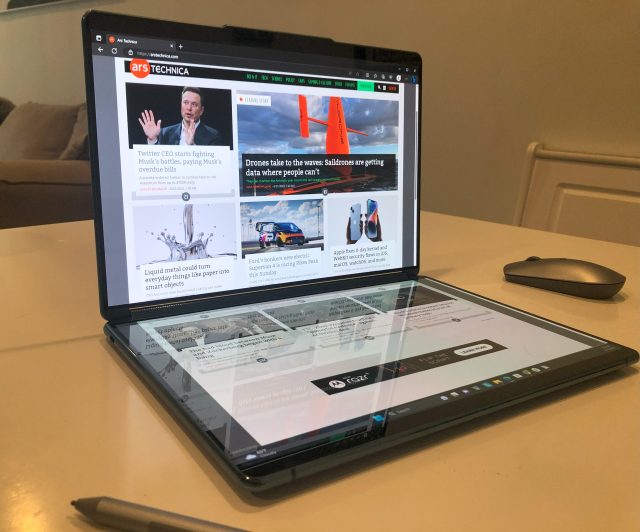
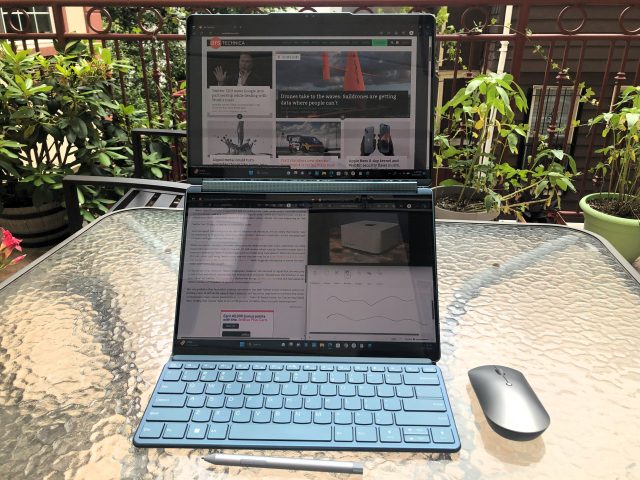
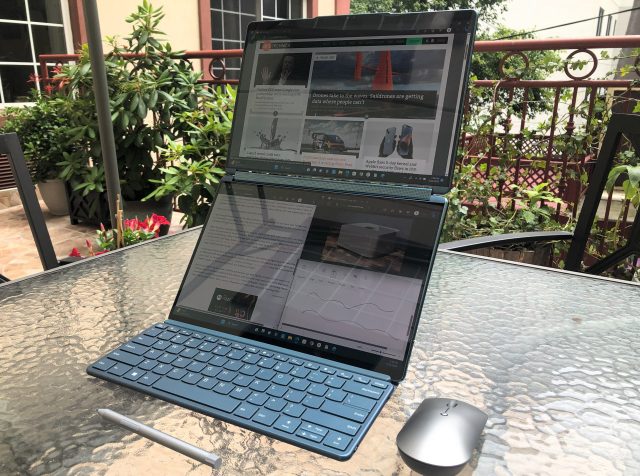
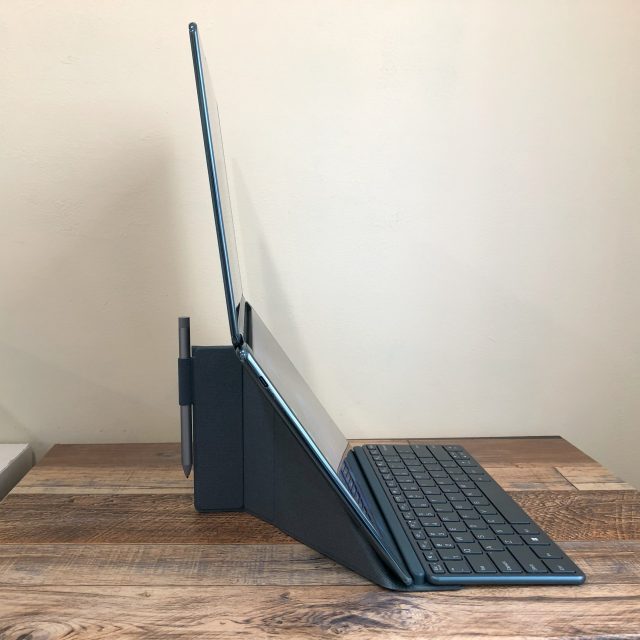
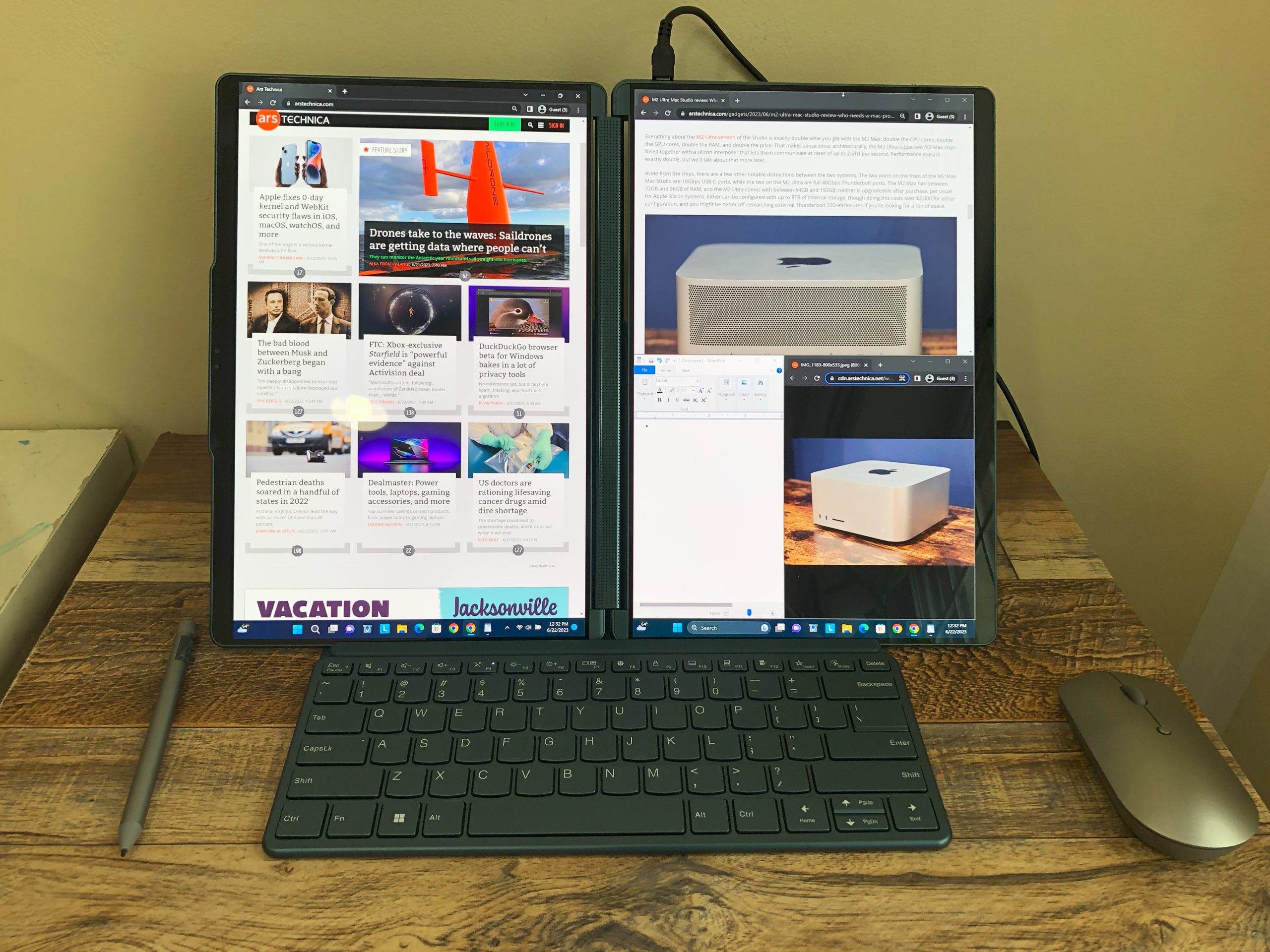
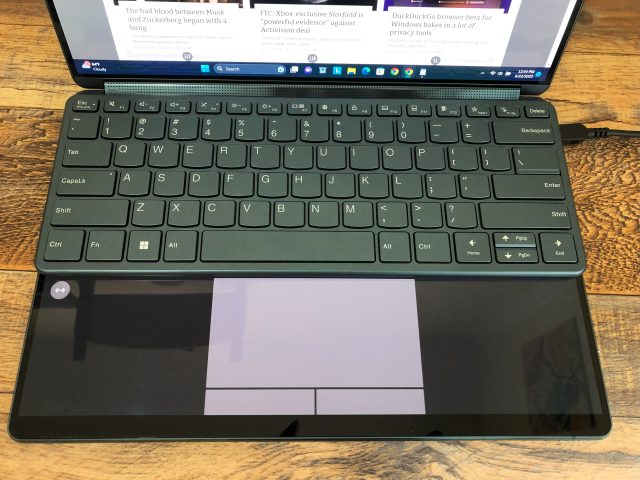
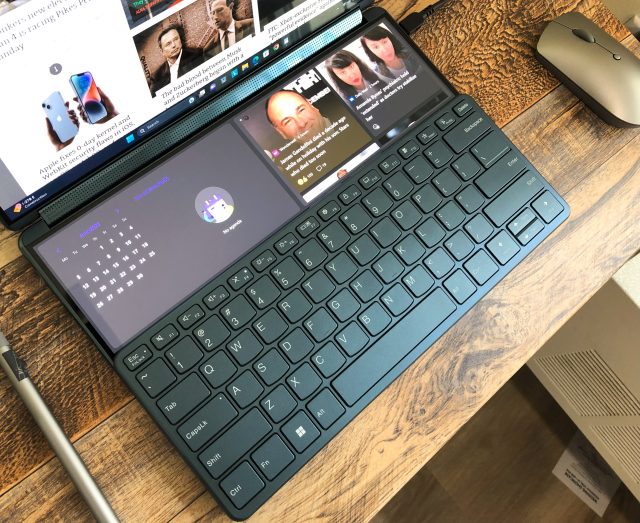
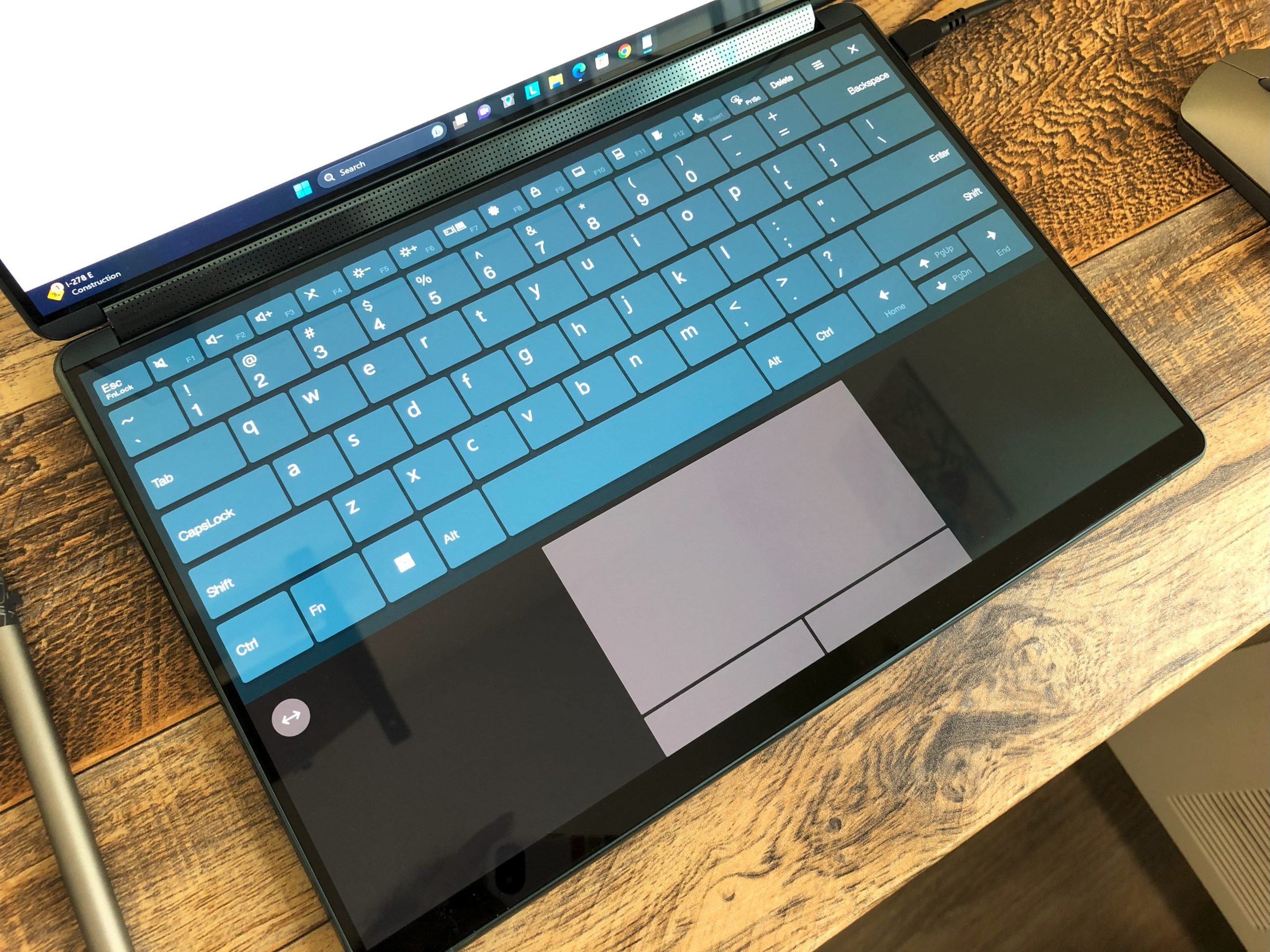

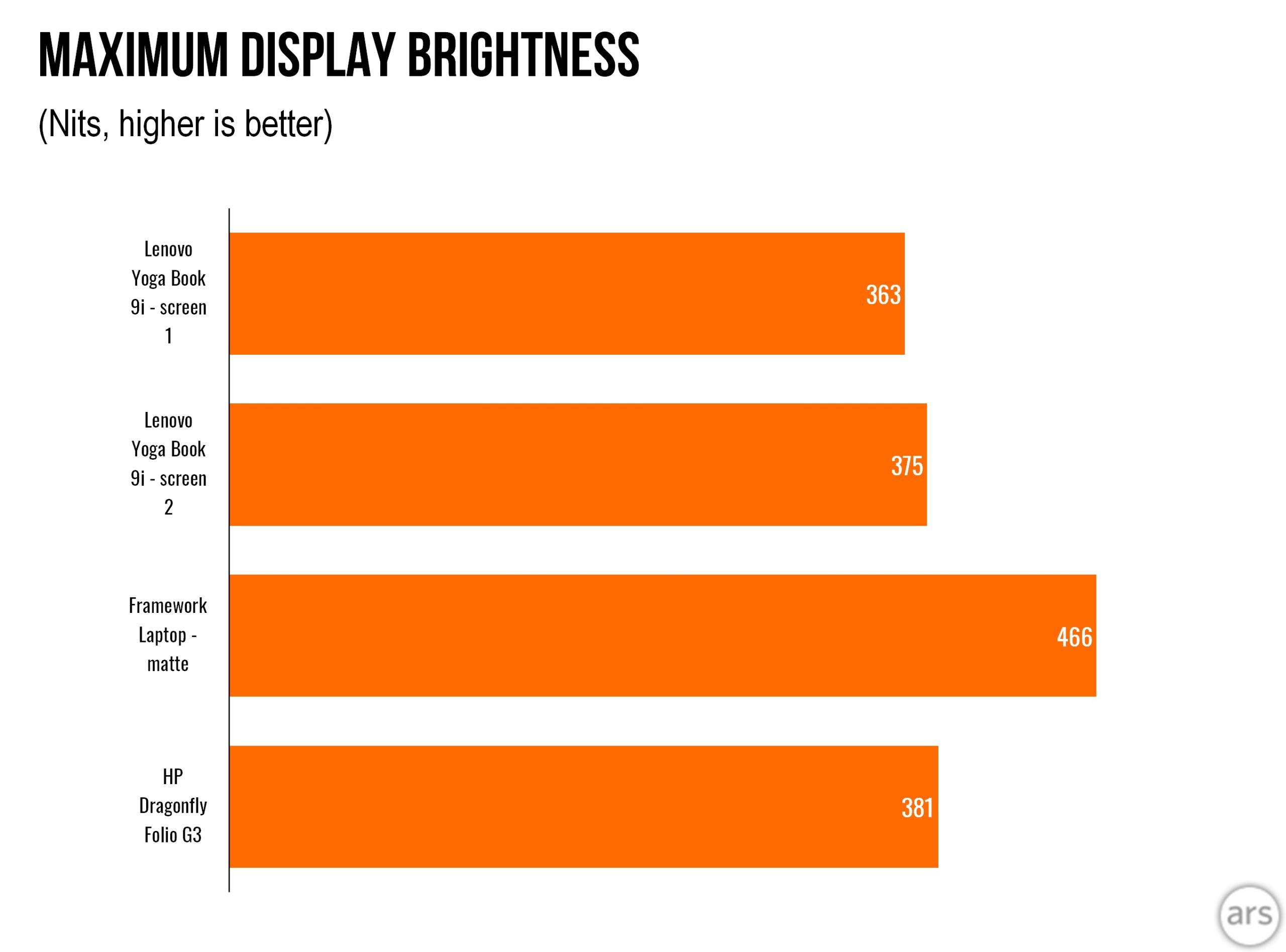
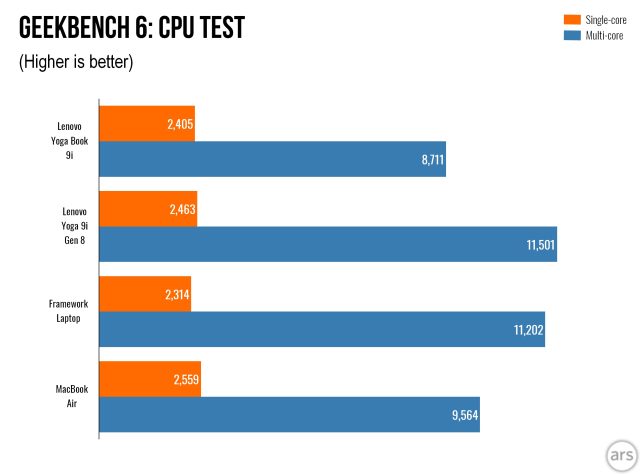

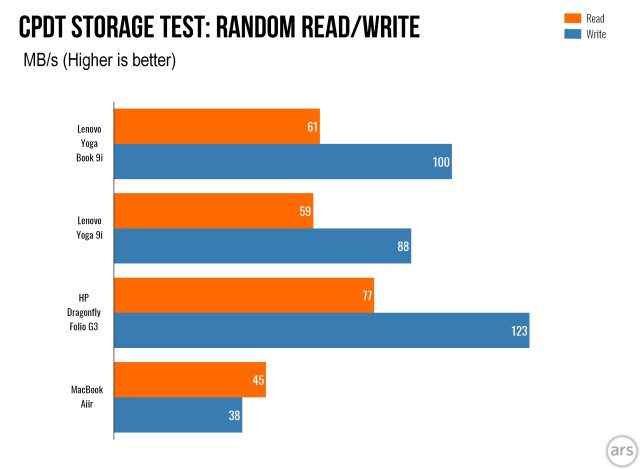
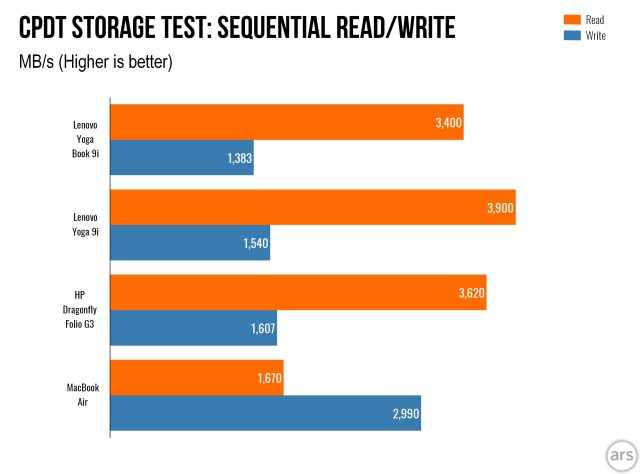
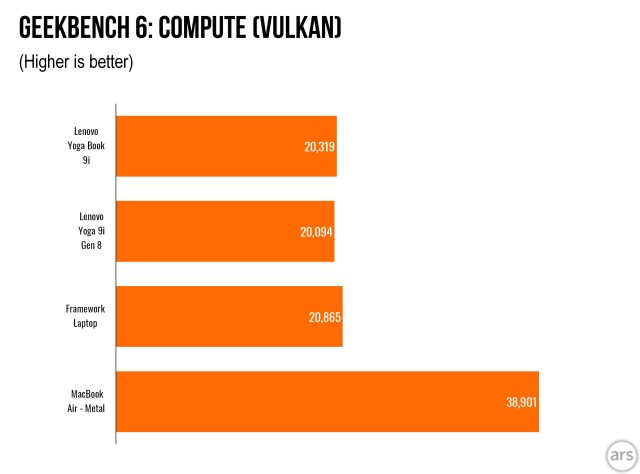
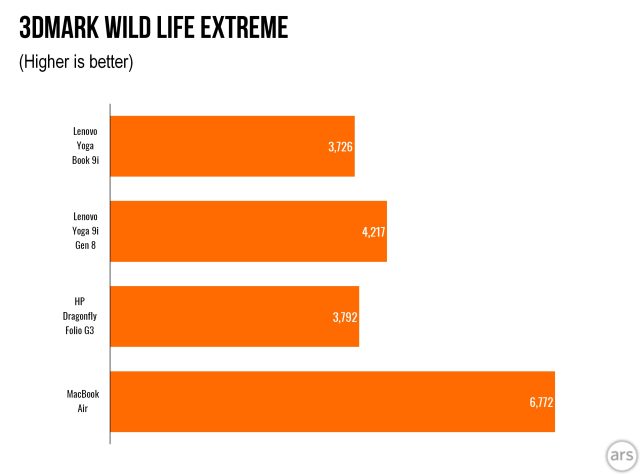
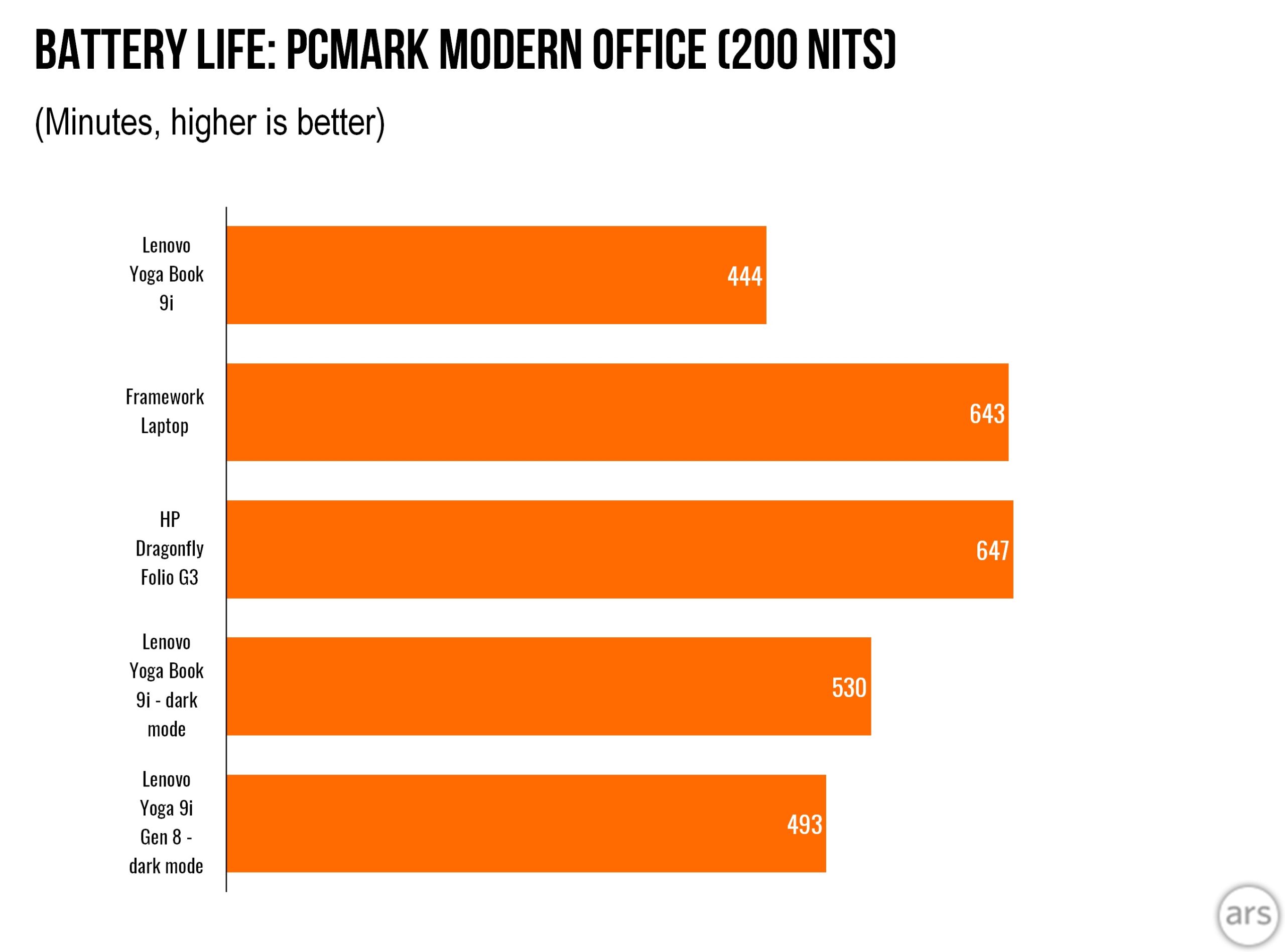
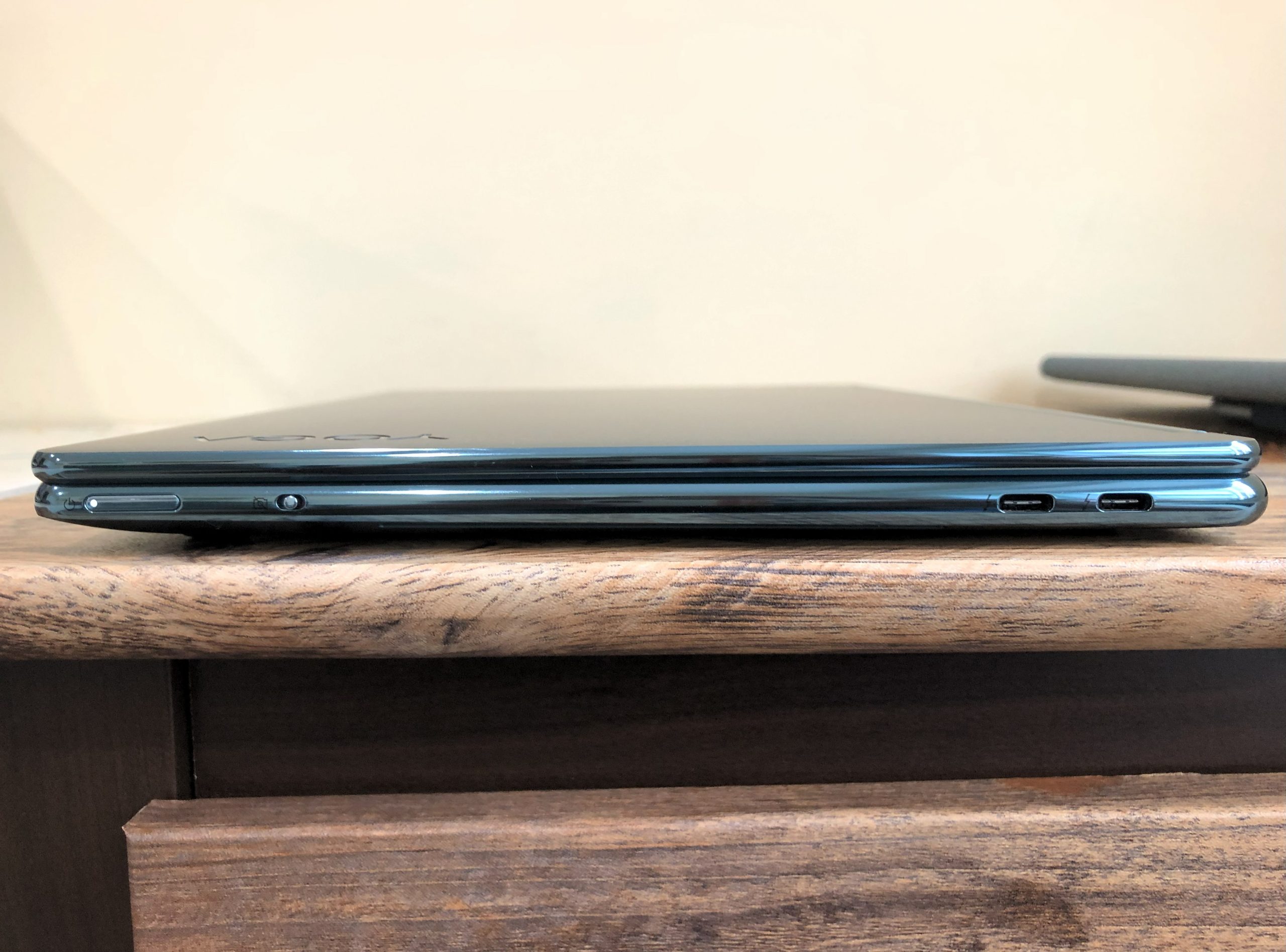

 Loading comments...
Loading comments...
